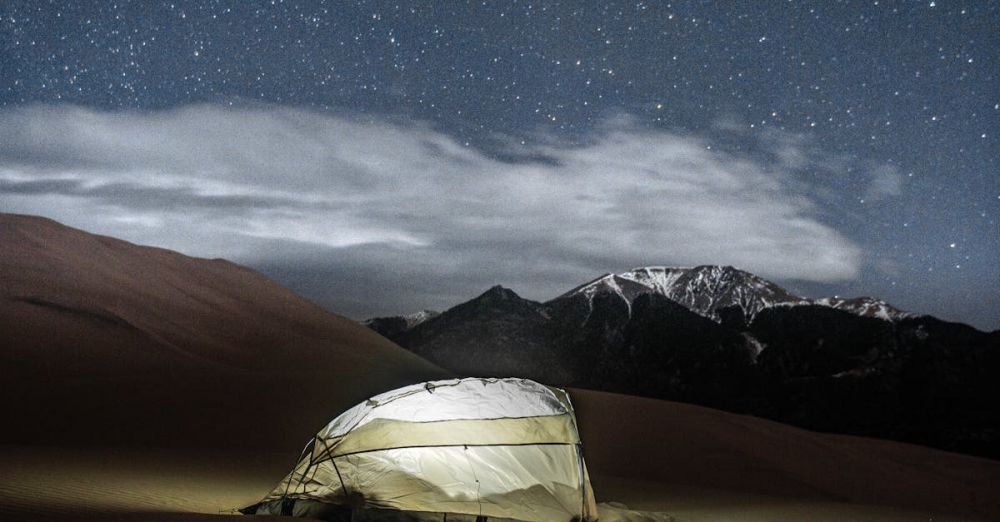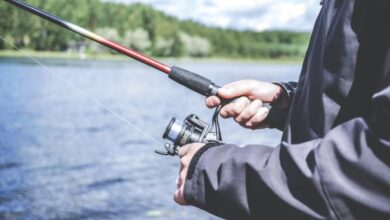What Should You Look for in a Quality Sleeping Bag
Choosing the right sleeping bag can significantly enhance your outdoor experiences, ensuring a good night’s sleep after a day of adventure. Whether you’re hiking in the mountains, camping by a serene lake, or embarking on a long backpacking trip, the quality of your sleeping bag can affect your comfort, warmth, and overall enjoyment. With so many options available, it’s essential to understand what features to prioritize.
Insulation Type
One of the first considerations when selecting a sleeping bag is the type of insulation. There are primarily two categories: down and synthetic. Down insulation, made from the soft under-feathers of ducks or geese, is renowned for its excellent warmth-to-weight ratio, compressibility, and longevity. However, down tends to lose its insulating properties when wet, so it’s crucial to keep it dry. On the other hand, synthetic insulation performs better in damp conditions and dries quickly, making it a practical choice for wet climates. While it might be heavier and bulkier than down, synthetic options often come at a lower price point. Assess your typical camping environment and choose accordingly.
Temperature Rating
Understanding temperature ratings is vital for ensuring a comfortable sleep under different conditions. Sleeping bags typically feature a temperature rating indicating the lowest temperature at which the bag will keep an average sleeper warm. Look for bags with a “comfort” rating for those who sleep cold and a “limit” rating for those who are warmer sleepers. It’s wise to opt for a sleeping bag with a lower temperature rating than you expect to encounter, providing extra insulation for unexpected cold nights. Remember, individual preferences and metabolic rates vary, so consider personal comfort levels when evaluating temperature ratings.
Shape and Size
Sleeping bags come in various shapes, each designed for specific purposes. The most common shapes are rectangular, semi-rectangular, and mummy. Rectangular bags offer more room and comfort, ideal for car camping where weight and packability are less of a concern. Mummy bags, conversely, are tapered and designed for efficiency, providing excellent warmth by minimizing space. They are perfect for backpacking and colder conditions. Additionally, consider the size of the sleeping bag. Ensure it accommodates your height and allows for some movement without feeling constricted. Some brands offer women-specific models that provide additional insulation in key areas, catering to different body shapes and sleeping preferences.
Fabric and Durability
The outer fabric of a sleeping bag greatly influences its durability, weight, and water resistance. Look for bags made from ripstop nylon or polyester, which are lightweight and resistant to tearing. Additionally, consider the water resistance of the fabric, especially if you anticipate damp conditions. A water-resistant outer layer can protect the insulation from moisture, prolonging the life of your sleeping bag. Checking for reinforced seams and zippers can also enhance durability, ensuring that your investment withstands the rigors of outdoor use.
Weight and Packability
For avid backpackers or those limited on space, the weight and packability of a sleeping bag are crucial factors. A lightweight and compressible sleeping bag can significantly reduce your overall pack weight and save space in your backpack. Look for sleeping bags that come with compression sacks, allowing you to minimize bulk when packing. Weigh the benefits of different insulation types against the need for portability to find the perfect balance for your adventures.
Features and Extras
Finally, consider any additional features that may enhance your sleeping experience. Hooded designs can trap warmth and provide extra comfort, while draft collars prevent heat loss. Zipper length and placement can also affect ease of entry and ventilation. Some bags even come with pockets for storing small items, which can be a convenient touch during your camping trips.
Choosing the right sleeping bag can make a world of difference in your outdoor experiences. By considering insulation type, temperature rating, shape, fabric, weight, and additional features, you can find a sleeping bag that meets your needs and enhances your adventures. Investing time in selecting a quality sleeping bag will pay off in comfort and enjoyment during countless nights under the stars.







